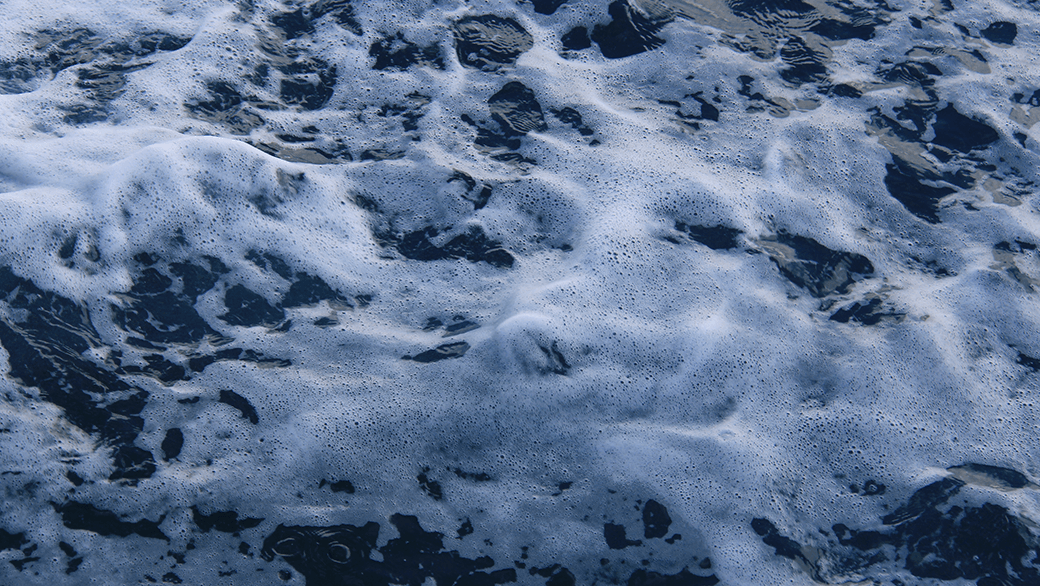Today, August 25th, the 2020 State of the Climate report was released by the American Meteorological Society, showing 2020 to be one of the hottest years on record since the start of the Industrial Revolution. Even with environmental cooling factors, such as the transition from the El Niño of 2018-2019 to the La Niña of late 2020, global trends indicate the Earth is warming and sea level is rising. Throughout the report, environmental processes that influence climate and these warming trends are documented.
Scientists including a number of researchers at AOML communicate the impacts of the Earth’s warming and changing environments on the global oceans in Chapter 3 of the report, with sections including thermal expansion at the ocean surface and in the deep sea, surface and thermohaline circulation changes, ocean precipitation and salinity patterns, and ocean uptake of carbon dioxide.
While these diverse processes are seemingly separated by vast distances and focused on different events, they are all intricately related. This connectivity is explained throughout the overview section of the chapter, co-edited by the Director of AOML’s Physical Oceanography Division, Rick Lumpkin, and Gregory Johnson of the Pacific Marine Environmental Laboratory in Seattle. In the chapter’s overview, each major section of the report is briefly summarized, showing a common theme that natural processes are shifting to extremes on either end of the spectrum. For example, ocean layers are becoming more stratified, sea level is steadily rising, and salt water in regions such as the tropical Atlantic Ocean is getting saltier.
Research and synthesis by researchers from AOML and other institutions appearing in the 2020 State of the Climate report contributes to the body of research documenting our changing climate and can be used to inform further research, policy decisions, and management actions.
